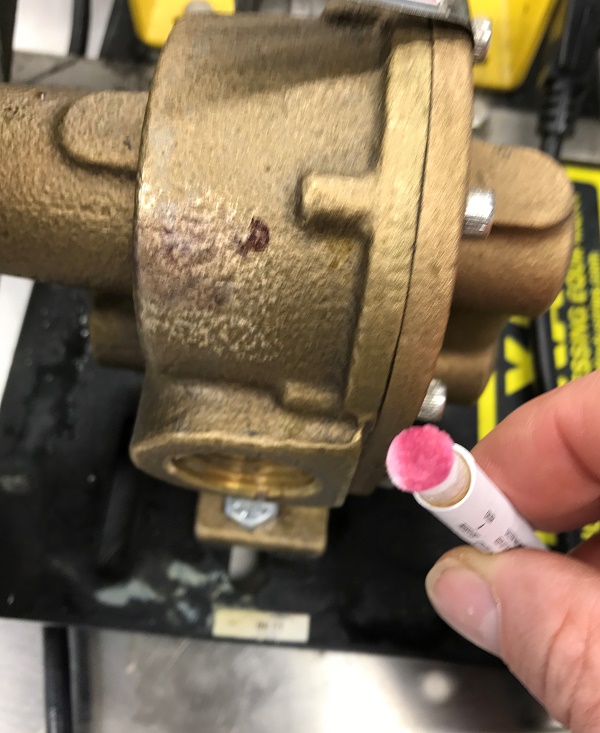Prevent lead contamination in honey
Learn how to identify, test for, and avoid lead contamination from honey processing equipment.
Overview
Lead is a naturally occurring element that is known to be a human health hazard. Children are particularly vulnerable.
Chronic exposure to lead can increase the risk of:
- kidney damage
- nerve damage
- infertility
OMAFRA administers a Honey Monitoring Program that has identified some honey products with lead contamination. This contamination is often attributed to the use of both new and used lead-bearing equipment during the honey production process.
Health Canada advises honey producers with lead levels above 0.1 parts per million in their honey products to make the necessary efforts to address and rectify the source of lead in their product.
Lead contamination in honey
The primary source of lead contamination in honey is lead-bearing equipment used to extract and process the honey.
Honey is an acidic product that can react with surfaces that contain lead and cause the lead to leach into the honey.
Both new and used equipment can be sources of lead in honey. Examples of equipment that may contain lead include:
- galvanized equipment such as extractors and tanks
- soldered equipment such as stainless steel extractors, tanks, packing units, or any other equipment with soldered seams containing lead
- some bronze, brass fittings and pumps containing brass
- equipment made from terneplate (a metal alloy found in some older equipment) or newer models of brass gear pumps
- newer models of brass gear pumps may also contain lead in parts of the equipment
Avoid lead contamination
As a honey producer, you should take steps to avoid exposing honey to lead by inspecting and replacing any lead-bearing equipment.
In general:
- new and used equipment must be made with food-grade materials such as stainless steel, food-grade plastic and fibreglass-lined steel with welded or lead-free soldered seams
- repairs to any equipment must also be made with food-grade materials
- do not used old equipment to store or dispense honey unless you have verified that it is lead-free
How to check equipment for lead
Testing new and used equipment for lead can be done quickly by using lead test kits. Lead test kits contain a chemical that changes colour when it comes into contact with lead.
You can request a lead test kit free of charge from OMAFRA, or purchase it at retail.
To check your equipment for lead, follow these steps:
- Choose an internal surface that comes into direct contact with honey to test. For example, a soldered seam.
Prepare the surface by following the instructions included with your test kit.
Typically, the test surface is prepared by cleaning the surface of any dirt, residual honey, rust, or other surface coating. This can be done by wiping the surface using water and paper towel/cloth.
The surface should then be “roughed” with sandpaper, a knife or an emery board. Roughing exposes any existing lead particles so that they can come into contact with the testing agent.
Activate the lead testing swab or wipe by following the instructions within the test kit package.
Apply the reagent to the prepared surface. If the solution changes colour, as outlined in the test kit instructions, then lead is present on that surface.

Figure 1. A brass pump that has tested positive for lead.
Contact us
For more information or to request a lead test kit, please contact OMAFRA’s Food Safety Inspection Delivery Branch by email at fpo.omafra@ontario.ca or call